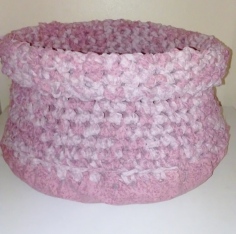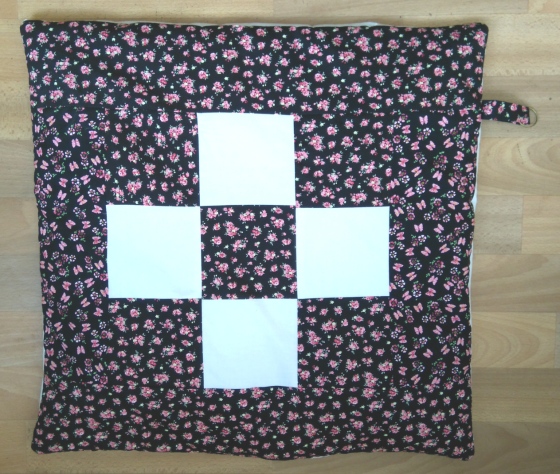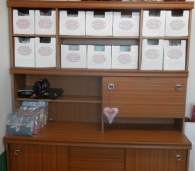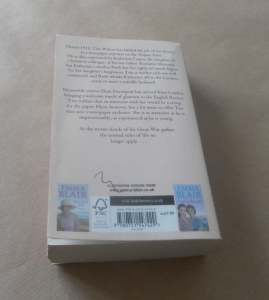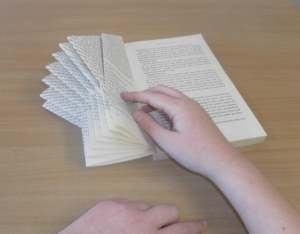As you have probably seen I went through a stage of weaving newspapers. There are some beautiful videos and websites from Russia, where there are brilliant experts at this craft giving tutorials. I spent many hours watching the videos and trying to listen and watch how the paper sounds and reacts. Was it strong, did it sound like wicker or was it just solid. I am a fool to myself, I always want my handmade things to be strong, survive any sort of handling but I also want it to feel natural and handmade.

One of my newspaper baskets with lid. I make the separate liner and lace decor from recycled fabrics.
These are the things that I noticed when making newspaper woven objects:
The finer and tighter that you can roll your newspaper/magazine sticks, the stronger the feel to your weaving. Also it makes it easier to weave neatly if your sticks are tight.
The only way I got an object to feel and sound like wicker was to varnish the sticks before weaving. This took forever as each stick was varnished individually and had to be dried before I could use it. Then you have to be careful that you don’t weave too tight or the varnish will crack.
I did paint, individually, the sticks with watered down, 50 household matt paint and 50 water. Wove the sticks into a pot, PVA glued then varnished. This didn’t work as well. You have to keep the sticks pliable and damp as the paint really dried them out. Very messy.
I tried all ways, and seeing I don’t speak Russian, and I can’t find the die/varnish in the UK that they die their newspaper sticks with so I went back to basics.
Forget Wicker. You are weaving a paper product. I have sewing machine covers, baskets and pots that have lasted for at least 3 years now, that I have woven from newspapers. I have dusted them, and wiped them down with a damp cloth and they still look like they did when I first made them. My cats have slept in them and on them, I have stored alsorts in them and they haven’t fallen apart, cracked or looked disgusting. They have gone through winters in the shed, hot summers in the house and still do what I wanted them to do.
I personally don’t like the different colours, but I have shown how I painted white baskets in one of my tutorials using PVA glue here. I like my paper weaving to look like wood, which is how the paper started in the first place. Therefore I weave the paper into the basket and then hand it over to my partner who uses the Ronseal Quick Dry Woodstain, silk or satin (I did’t like how the matt finish looked). He painted the projct twice to make sure that all the little bits were covered.
To finish and make them special I like to decorate with beads, lace, ribbons etc and recycled fabric to make a pretty liner.
I love newspaper weaving, and enjoy peoples faces when you tell them what the beautiful basket they are about to buy is made from i.e local rag, free paper or tabloid, the written word can be beautiful, even today!!!!!!!







